Mobile Data vs WiFi – How is India Consuming Internet?
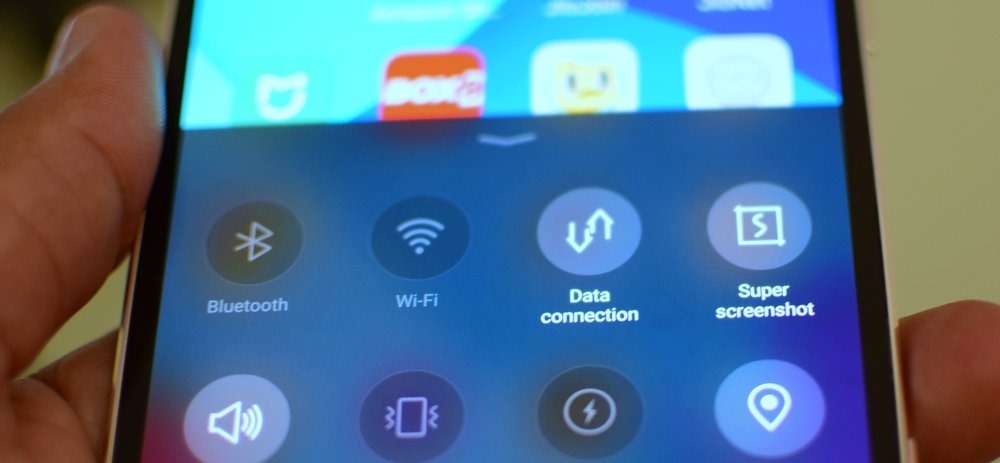
India has seen a major jump in the number of internet subscribers in the last couple of years. Significantly, the data consumption has risen by around 80% annually in the last three years. This works out to about 1.25 GB per month per user.
According to Crisil report, in the next five years the pace of internet would keep growing at about 12% a year, and the consumption would touch upto 2.0 to 2.5 GB by 2020. The stellar growth is majorly attributed to Jio and the sharp drop in data prices. In the last one year, the prices of data packs have seen a 75% drop.
The prices might decline for a medium term, but things are to change soon. The telcos would offer cheap data for the time being, but the party won’t go on for too long. Once the prices start stabilizing, again you need to pitch on the Wi-Fi grounds.
Contents [hide]
WiFi vs Mobile Data
The mobile data traffic is expected to grow nearly to a four-fold number, and touch 900 million. This gives a smartphone ready audience who needs healthy internet. Even the consumption would see an expected rise from the current 36% to 70% over the next few years. Though, the Indian market primarily sustains on mobile data as it lacks proper WiFi infrastructure and hotspots in the country. The consumption of mobile data is around four times more compared to WiFi.
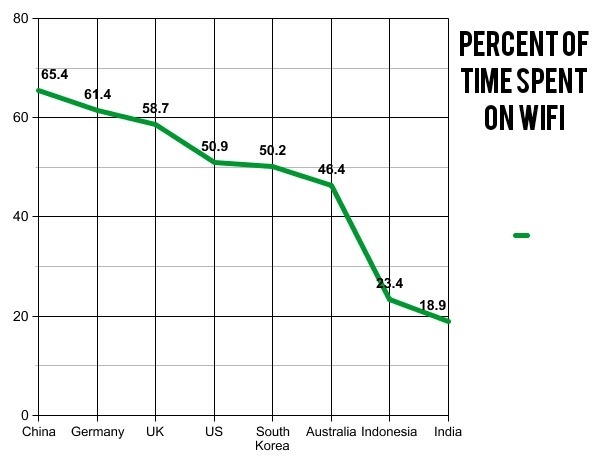
Why Mobile Data is Still Gaining?
Lack of proper infrastructure and coverage has attributed to higher mobile data traffic in India.
1. India majorly lacks speed when it comes faster data. Low mobile broadband speed hampers the overall experience and India’s data speeds are one of the slowest world. Though cheaper rates attributes to major traffic.
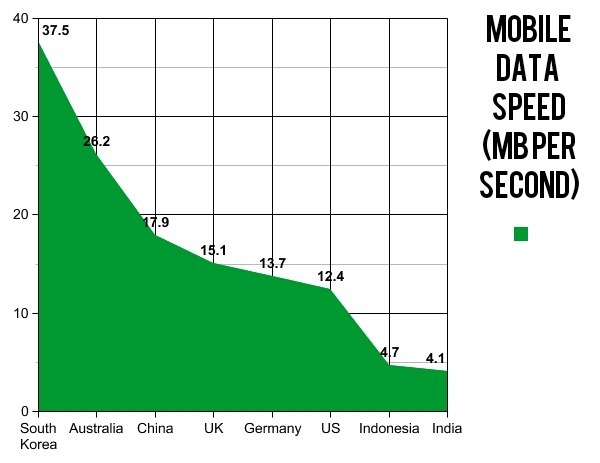
2. The mobile traffic growth has sustained in spite of low data speeds and bad network coverage. Due to poor Wi-Fi infrastructure/hotspots, the time spent online through Wi-Fi is one-fourth compared to mobile data.
3. Several Independent firms have started offering their Wi-Fi services in many cities and towns across India. Even the Government took initiatives such as the Digital India and Bharat Net to promote public Wi-Fi and develop the infrastructure and eventually push the off-take of commercial Wi-Fi as well. There are a number of WiFi enabled places, but it needs more integration and penetration. Only a handful of locations have WiFi hotspots. Google has been significantly trying to make the payment model successful for the public Wi-Fi infrastructure at the railway stations.
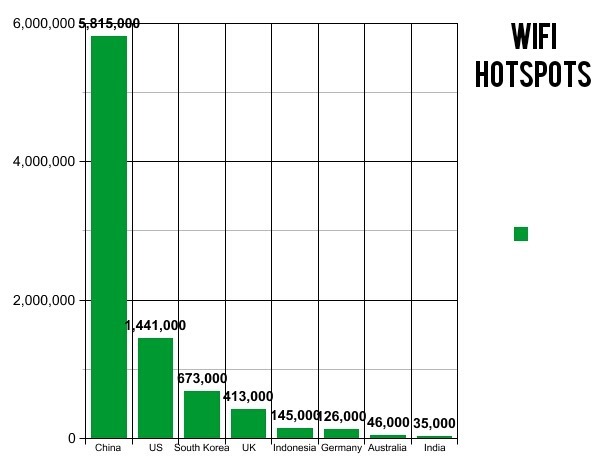
Why do Telcos need to Get Serious?
With the faster adoption of the data services, this would be their most crucial parameter to grow. With calls and texts fading away, telcos need to get serious with their data offerings. Mobile data is the future, and telcos need to sustain on their data traffic. Given the predatory competition, only stable pricing won’t do it all. With stable pricing, telcos need to offer faster speeds and proper coverage.
Why India Needs WiFi?
With a proper proliferation of the Wi-Fi infrastructure, it can change the whole scenario. This would reduce the overall costs and increase the internet speeds significantly.
1. Already several firms have invested, and the penetration of the WiFi hotspots would gradually continue to grow, improving the network quality, user experience and overall coverage.
2. A better Wi-Fi infrastructure would cause a shift in the data traffic, as the per-person usage shifts from mobile data, this would become a critical point for the telcos, and would force them to offer better service to exist in the market.
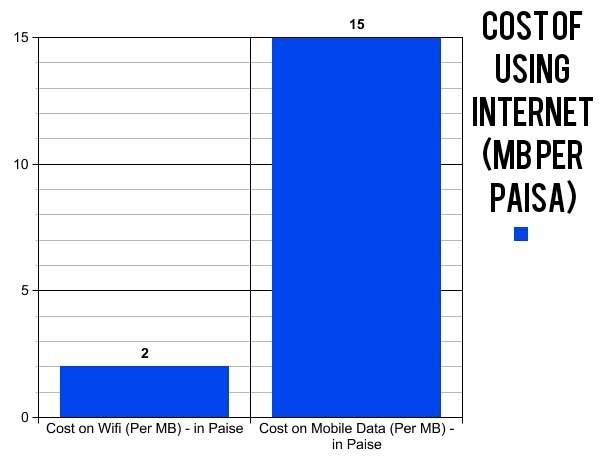
3. The cost of using the internet on the Wi-Fi is very low compared to mobile data. The internet on WiFi is about 2 paise per MB, and about 15 paise per MB on Mobile Data (excluding Jio’s freebies).

Yes, and for more WiFi, we need FIBER!! FIBER FIBER FIBER!! As much FIBER as can be managed!!